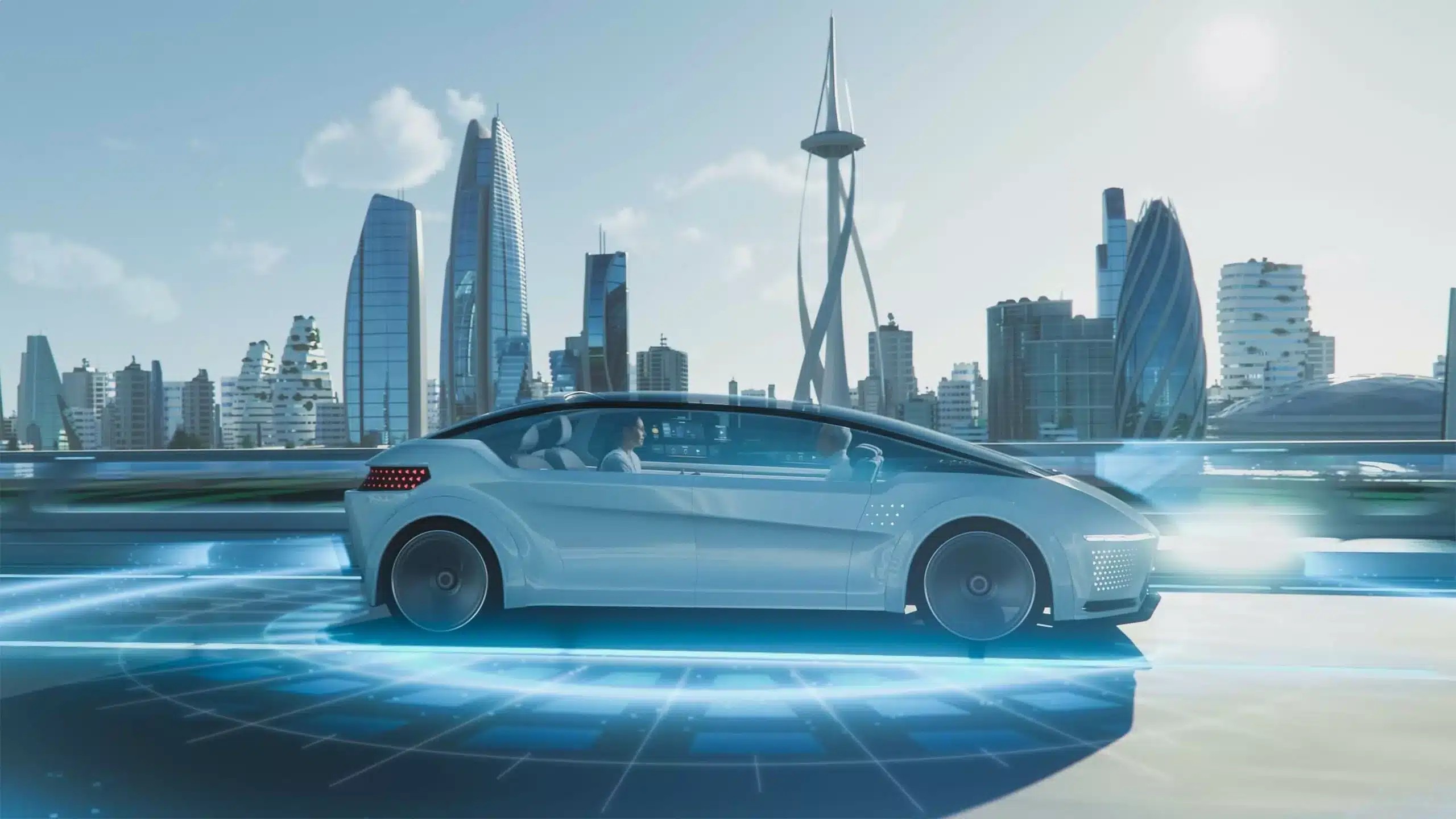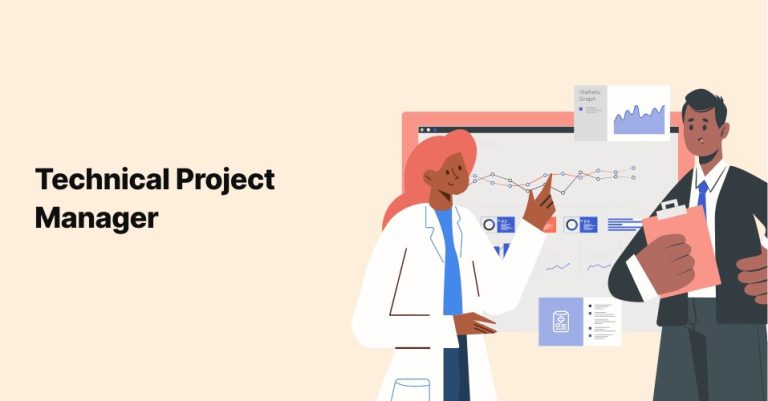The Future of Autonomous Transportation Technologies
Autonomous transportation technologies are poised to redefine how people and goods move through the world, offering a glimpse into a future where mobility is safer, more efficient, and increasingly intelligent. As advancements in artificial intelligence, sensor systems, and connectivity converge, the vision of vehicles that operate without human intervention is becoming more tangible. This transformation is not limited to passenger cars—it spans freight logistics, public transit, aerial drones, and even maritime operations. For businesses and policymakers alike, understanding the trajectory of autonomous transportation is essential to navigating the opportunities and challenges that lie ahead.
One of the most visible developments in this space is the evolution of self-driving cars. Companies like Tesla, Waymo, and Cruise have made significant strides in deploying autonomous vehicles on public roads, with varying degrees of driver assistance and autonomy. These vehicles rely on a combination of lidar, radar, cameras, and machine learning algorithms to interpret their surroundings and make real-time decisions. While full autonomy—where no human input is required—is still under development, the incremental progress has already begun to reshape the automotive industry. Features such as adaptive cruise control, lane-keeping assistance, and automated parking are becoming standard, laying the groundwork for broader adoption.
Beyond personal transportation, autonomous technologies are revolutionizing logistics and supply chain management. Autonomous trucks and delivery robots are being tested and deployed to streamline last-mile delivery and reduce operational costs. These systems offer the potential to operate around the clock, minimize human error, and optimize routes based on real-time traffic and weather data. For example, companies like TuSimple and Aurora are developing autonomous freight solutions that promise to enhance efficiency and reliability in long-haul trucking. As e-commerce continues to grow, the demand for faster and more cost-effective delivery methods will drive further investment in autonomous logistics.
Public transportation is another area where autonomy is gaining traction. Autonomous shuttles and buses are being piloted in urban environments to provide flexible, on-demand transit options. These vehicles can reduce congestion, lower emissions, and improve accessibility, particularly in underserved areas. Cities experimenting with autonomous transit systems are exploring how these technologies can complement existing infrastructure and support broader mobility goals. The integration of autonomous vehicles with smart city initiatives—such as connected traffic signals and real-time data sharing—creates a more responsive and efficient transportation network.
Aerial mobility is also entering the conversation, with autonomous drones and air taxis capturing the imagination of innovators and investors. Companies like Joby Aviation and Volocopter are developing electric vertical takeoff and landing (eVTOL) aircraft designed for urban air mobility. These vehicles aim to reduce travel time, alleviate ground traffic, and offer new modes of transportation for densely populated areas. While regulatory hurdles and infrastructure requirements remain, the potential for autonomous aerial transport to reshape urban mobility is significant. It introduces a new dimension to transportation planning and opens possibilities for rapid, point-to-point travel.
Maritime and rail sectors are exploring autonomy as well. Autonomous ships and trains can improve safety, reduce fuel consumption, and enhance operational efficiency. In shipping, autonomous vessels equipped with advanced navigation systems can optimize routes and reduce crew requirements. In rail, driverless trains are already in operation in cities like Paris and Dubai, demonstrating the feasibility of autonomous mass transit. These applications highlight the versatility of autonomous technologies and their potential to impact a wide range of transportation modes.
Despite the promise, the path to widespread adoption of autonomous transportation is complex. Technical challenges, regulatory frameworks, public trust, and ethical considerations all play a role in shaping the future. Ensuring safety is paramount, and developers must rigorously test systems to handle diverse scenarios and edge cases. Regulatory bodies are working to establish standards and guidelines that balance innovation with public interest. Meanwhile, public perception and acceptance will influence how quickly autonomous vehicles become mainstream. Transparency, education, and demonstrated reliability will be key to building trust.
The economic implications of autonomous transportation are profound. Businesses can benefit from reduced labor costs, improved efficiency, and new service models. Autonomous ride-hailing, for instance, could lower fares and expand access to mobility. Freight companies might see lower operating expenses and faster delivery times. However, these shifts also raise questions about workforce displacement and the need for reskilling. As automation changes the nature of transportation jobs, proactive strategies will be needed to support workers and ensure inclusive growth.
Environmental sustainability is another important dimension. Autonomous vehicles, particularly when combined with electrification, have the potential to reduce emissions and promote cleaner transportation. Optimized driving patterns, reduced idling, and efficient routing contribute to lower energy consumption. Urban planners and policymakers are considering how autonomous technologies can support climate goals and reduce the environmental footprint of mobility systems. The intersection of autonomy and sustainability presents a powerful opportunity to rethink transportation in a way that benefits both people and the planet.
Ultimately, the future of autonomous transportation technologies is not just about machines—it’s about reimagining mobility itself. It’s about creating systems that are safer, smarter, and more responsive to human needs. As innovation continues and barriers are addressed, autonomous transportation will become an integral part of daily life, transforming how we move, work, and connect. For businesses, governments, and communities, embracing this future means preparing for change, investing in infrastructure, and fostering collaboration across sectors. The journey toward autonomy is underway, and its destination promises to reshape the very fabric of modern society.







